Durban
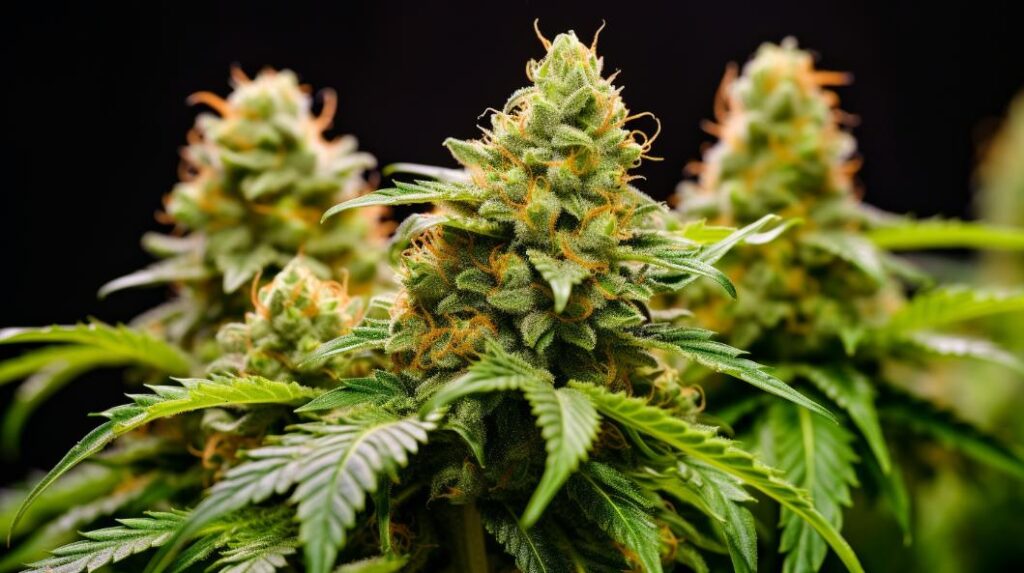
The Durban Strain, a celebrated South African sativa landrace, is renowned for its high THC levels, ranging from 15% to 25%. Originating from Durban, South Africa, its genetic lineage has been refined by notable breeders for optimized potency and aromatic profile. Characterized by a dynamic terpene blend of myrcene, pinene, and limonene, it offers a detailed sensory experience, providing enhanced focus, energy, and sociability while maintaining a low CBD content below 1%. Therapeutically, it addresses symptoms of anxiety and depression. Known for its energizing effects, it juxtaposes increased talkativeness with possible side effects like anxiety and dry eyes. Insights into its detailed effects and therapeutic applications suggest an intriguing landscape for further exploration.
Key Takeaways
- The Durban Poison strain is a high-THC (15% to 25%) South African sativa landrace.
- It features a terpene profile rich in myrcene, pinene, and limonene, offering relaxation, focus, and mood elevation.
- Ideal for novice growers, it can reach up to 12 feet outdoors with an 8-9 week flowering time indoors.
- Known for its energizing effects, it enhances focus, productivity, and sociability, but can cause anxiety and dry eyes as adverse effects.
- American breeders and Amsterdam’s influence have optimized its THC content and resilience, making it popular among recreational users.
Genetic Lineage
The Durban Poison strain, a pure South African sativa landrace, boasts a rich genetic lineage that traces back to the bustling port city of Durban, reflecting a profound history of cultivation and refinement by notable breeders. Originating from a region known for its diverse flora and conducive growing conditions, Durban Poison has been meticulously developed to highlight its unique characteristics, including a notable THC potency that has been recorded to range between 15% and 25%. This level of potency is a sign of the careful selection and breeding processes that have been employed over generations.
Notably, American breeders such as Ed Rosenthal and Mel Frank played pivotal roles in the early stages of optimizing Durban Poison’s genetic attributes. Their efforts were instrumental in enhancing the strain’s adaptability and THC levels, setting the stage for further refinement. Amsterdam’s own Sam the Skunkman further advanced the genetic lineage of Durban Poison, honing in on its distinct aromatic profile characterized by a pungent, skunky smell with undertones of sweet licorice. This meticulous genetic refinement underscores the global journey and collaborative effort that has shaped Durban Poison into the potent, aromatic sativa strain celebrated today.
THC/CBD Content
Durban Poison, a renowned sativa strain, often showcases a THC content ranging from 15% to 25%, surpassing the average potency levels found in its sativa counterparts to a significant degree. This substantial difference in THC levels highlights its position as a particularly potent option within the cannabis market. With THC levels capable of reaching up to 25.5%, Durban Poison positions itself at the higher end of the potency scale, promising a strong psychoactive experience for users. This is significantly higher than the average THC content observed in sativa strains, which typically hovers around 13%.
In contrast, the CBD content in the Durban Poison strain is generally low, with THC being the dominant cannabinoid. The CBD levels in Durban Poison are usually below 1%, emphasizing its psychoactive rather than therapeutic effects. This cannabinoid profile, characterized by high THC and minimal CBD content, delineates Durban Poison as a strain favoring recreational and experienced users seeking pronounced effects, rather than those seeking the medicinal benefits associated with higher CBD levels. This composition underscores the importance of understanding cannabinoid ratios in selecting cannabis strains for specific effects and outcomes.
Terpene Profile
Exploring the terpene profile of the Durban strain reveals a complex blend of myrcene, pinene, and limonene, each contributing distinct aromatic and therapeutic properties. These terpenes are not only crucial in defining Durban’s signature earthy, woody, and pine-like aroma but also play a significant role in the strain’s therapeutic potential. Myrcene, known for its calming effects, is complemented by pinene’s focus and alertness enhancement, while limonene offers mood-elevating and stress-relieving benefits. This synergy between terpenes creates a unique and intricate sensory and medical experience for users, emphasizing the importance of understanding terpene profiles in medical cannabis use.
| Terpene | Aroma | Potential Medical Effects |
|---|---|---|
| Myrcene | Earthy | Relaxation, anti-inflammatory |
| Pinene | Pine | Enhanced focus, alertness |
| Limonene | Citrus | Mood boost, stress relief |
This table highlights the key terpenes found in the Durban strain, linking their aromatic qualities to their potential medical effects. The terpene profile suggests a multifaceted approach to therapy, underlining the importance of these compounds in the broader context of cannabis for medical use. The effects of these terpenes, when combined, contribute to Durban’s reputation as a strain capable of offering a complex interaction of therapeutic benefits.
Effects
Renowned for its invigorating effects, the Durban strain stands out as a preferred choice for users seeking enhanced focus, increased energy, and improved social interactions. Originating from the vibrant city of Durban in South Africa, this particular cannabis strain has carved a niche for itself in the domain of sativa-dominant hybrids. Characterized by its ability to induce a state of heightened alertness, the Durban strain facilitates a unique cerebral experience that allows users to remain active and engaged in their tasks. The stimulating properties of this strain are particularly beneficial in fostering a sense of concentration, making it a popular option among those who wish to stay productive and focused.
Furthermore, the Durban strain’s influence extends to the social sphere, where users report a noticeable increase in talkativeness and sociability. This attribute makes it an excellent choice for social gatherings or situations requiring enhanced interpersonal communication. However, it’s imperative for potential users to be aware of the strain’s potential side effects, which may include anxiety, headaches, and dry eyes.
Despite these concerns, the Durban strain’s efficacy in managing symptoms of anxiety, depression, and stress underscores its therapeutic potential, making it a valuable option for individuals maneuvering the complexities of mental health challenges.
Medical Uses
While the stimulating effects of the Durban strain on focus and social interactions have been widely recognized, its therapeutic applications in the treatment of anxiety, depression, and stress warrant a detailed examination. The Durban strain, a sativa-dominant hybrid known for its higher THC potency, offers a unique combination of calming and energizing effects. This duality is particularly beneficial for individuals suffering from mood disorders such as anxiety and depression, as it can induce a sense of mental clarity and upliftment without the sedative effects commonly associated with cannabis strains high in CBD.
The energizing aspect of the Durban strain promotes focus and talkativeness, making it a valuable tool for those dealing with stress and its associated cognitive impairments. However, it is critical to approach its use with caution due to potential negatives, including exacerbated anxiety in some users, headaches, and dry eyes. The strain’s ability to alleviate symptoms of anxiety and depression while fostering a productive and socially engaging environment underscores its potential as a therapeutic agent. This balanced approach to mental health intervention highlights the importance of personalized cannabis treatment strategies, taking into consideration individual responses to THC potency and the specific sativa-dominant profile of the Durban strain.
Flavor and Aroma
Exploring the flavor and aroma profile of the Durban strain, it is distinguished by its earthy undertones complemented by woody notes reminiscent of pine. This strain, particularly its variant Durban Poison, is highly regarded for its unique combination of flavors and scents that contribute to its popular appeal. The intricate flavor profile is further enhanced by spicy/herbal nuances along with a hint of sage, offering a complex and enjoyable experience for the connoisseur.
-
Earthy Base: The foundational flavor of the Durban strain is deeply earthy, providing a grounded experience that is both comforting and rich.
-
Woody and Pine Notes: Accentuating the earthiness are the distinct woody notes, with pine being particularly prominent, adding a fresh and clean dimension to the palette.
-
Liquorice and Sage: A subtle twist comes from the liquorice aroma combined with sage undertones, adding a spicy and herbal complexity that intrigues the senses.
-
Sweet and Uplifting Aroma: The buds exude a sweet smell that is not only pleasant but also contributes to the strain’s energetic and uplifting effects, enhancing its appeal for those seeking relief from stress, depression, and anxiety.
This detailed exploration of the Durban strain’s flavor and aroma underscores its sophisticated profile and therapeutic potential, offering a rich tapestry of sensory experiences.
Appearance
The Durban strain showcases buds of medium to large size, characterized by their dense, sativa-typical long and tapered form. Originating from South Africa, this strain stands out with its bright orange pistils that curl and twist amongst the verdant leaves. These prominent features are not only aesthetically pleasing but also indicate the strain’s robust genetic lineage. The surface of Durban buds is generously adorned with milky-white trichomes, giving them a sugary appearance that hints at the potent effects they encapsulate.
These trichomes are not just for display; they play an essential role in the production of cannabinoids and terpenes, which are responsible for the strain’s pungent, skunky aroma with sweet licorice undertones. When combusted, the Durban strain releases a distinctive taste of sweet pine sap and licorice, making it a unique experience for the palate. The flowering time of this South African native is particularly relevant to its appearance, as it influences the development of these visual and olfactory traits. The careful cultivation of the Durban strain ensures that each bud is a representation of its heritage, offering both a visual and sensory confirmation to its South African origins.
Grow Information
Cultivating Durban Poison, a pure South African sativa landrace strain, presents an appealing opportunity for both novice and experienced growers due to its resilient genetics and straightforward growth requirements. This strain is known for its robust nature and ability to thrive in a variety of environments, making it an excellent choice for those new to cannabis cultivation. Its THC content, which typically ranges between 15% and 25%, combined with a relatively short flowering time, makes Durban Poison a rewarding strain for growers looking to harvest potent buds without an excessively long wait.
Here are key points to keep in mind when growing Durban Poison:
-
Resilient Genetics: Ideal for novice growers, Durban Poison’s hardy nature allows it to withstand various growing conditions with less susceptibility to common pests and diseases.
-
Height Considerations: When grown outdoors, Durban Poison plants can reach up to 12 feet. Indoor growers should plan for space accordingly and may need to employ training techniques to manage plant height.
-
Flowering Time: Indoors, expect a flowering time of about 8-9 weeks. Outdoor growers in the northern hemisphere should plan for harvest by late September.
-
THC Content: With a THC range of 15% to 25%, growers can anticipate a potent crop, making it important to monitor plant health and conditions closely to maximize cannabinoid production.
Understanding these aspects can help guarantee a successful cultivation experience with Durban Poison, yielding high-quality, potent buds.
Adverse Effects
While Durban Poison offers numerous cultivation benefits, it is also important to take into account its potential adverse effects, including headaches, anxiety, and dry eyes, that may impact some users. The strain, known for its energetic and uplifting effects, may paradoxically induce headaches in certain individuals. This side effect, while not universal, underscores the need for users to be mindful of their individual responses to the Durban strain.
Additionally, anxiety, a complex and multifaceted condition, can be exacerbated by the consumption of Durban Poison in susceptible individuals. The psychoactive components of the strain, although beneficial for many, can trigger or intensify feelings of unease or fear in some users, necessitating a cautious approach to its use.
Furthermore, dry eyes stand as a notable adverse effect linked to the Durban strain. This condition, characterized by irritation and discomfort, can detract from the overall experience of the user. It is essential for consumers to be aware of these potential adverse effects, including headaches, anxiety, and dry eyes, to make informed decisions regarding the use of the Durban strain and to adopt appropriate mitigative strategies when necessary.
Comparisons with Similar Strains
Durban Poison’s distinct profile, marked by its South African origin, sweet aroma, and energizing effects, sets it apart from similar strains in both cultivation and user experience. Its unique combination of features has made it a benchmark for evaluating other strains with similar effects.
However, when comparing Durban Poison to its counterparts, several key distinctions emerge:
-
Flowering Time and Yield: Durban Poison is favored for its quick flowering time and high yield, characteristics that are not always matched by other strains.
-
Effects on Users: It consistently delivers energetic and uplifting effects, making it a go-to strain for those seeking to manage stress, depression, and anxiety without the sedative effects common in other strains.
-
Aroma and Flavor: Durban Poison’s complex flavor profile, featuring spicy/herbal notes, pine, and sage, stands out even among strains known for their aromatic qualities.
-
Potential Negative Effects: While some users report feeling anxious or paranoid, which is a risk with many strains, the incidence seems to be lower in comparison, perhaps due to Durban Poison’s specific chemical makeup.
For those considering Durban Poison or similar strains, consulting with a professional for medical advice or to STOCK PRODUCTS NEAR you is recommended.
Research and Studies
Significant research efforts have been directed towards understanding the genetic, pharmacological, and therapeutic properties of the Durban Poison strain. This pure South African sativa landrace, characterized by its considerable THC levels ranging between 15% and 25%, has attracted the attention of researchers and breeders globally. Remarkably, Sensi Seeds, alongside renowned American breeders such as Ed Rosenthal and Mel Frank, has played a pivotal role in optimizing the genetic profile of Durban Poison.
The efforts to refine this strain were further advanced by Amsterdam breeder Sam the Skunkman, who contributed significantly to its current potency and aromatic profile.
The research and studies into Durban Poison have focused on its unique terpene profile, which is responsible for its distinctive pungent, skunky smell with undercurrents of sweet licorice, and a flavor reminiscent of sweet pine sap and licorice upon exhale. The average THC content, which stands at around 21%, has been a subject of interest due to the strain’s ability to induce a clear, focused high, alongside enhancing creativity and sociability.
These characteristics underscore the strain’s therapeutic potential, prompting further investigation into its applications in medical and recreational settings.
History and Origin
Tracing back to at least the 14th century, cannabis cultivation in Africa has revealed Durban Poison as a pivotal element in the region’s agricultural and cultural tapestry. This pure South African sativa landrace strain has a storied history that intersects with both ancient practices and modern breeding techniques. Its origin from the port city of Durban in South Africa marks it as a unique contribution to the global cannabis gene pool.
The history and origin of Durban Poison can be understood through several key facts:
-
THC Content: Durban Poison is known for its high THC content, which ranges between 15% and 25%. This potency is a result of both its genetic heritage and selective breeding processes.
-
American Breeders: Individuals like Ed Rosenthal and Mel Frank played significant roles in optimizing Durban Poison’s genetics during the 1970s and 1980s, enhancing its THC content and overall resilience.
-
Amsterdam Influence: Sam the Skunkman, an Amsterdam breeder, further refined Durban Poison, solidifying its status in the global cannabis market.
-
Cultural Significance: The cultivation of Durban Poison since at least the 14th century underscores its importance in the agricultural and cultural history of Africa, particularly within the context of traditional and medicinal uses.
Frequently Asked Questions
What Is Durban Strain?
The subject in question refers to a sativa-dominant hybrid with origins in South Africa, characterized by its unique Durban genetics. It thrives in specific growing conditions, offering a distinct flavor profile with earthy, woody notes.
What Are the Effects of Durban?
The effects of this subject involve increased focus and sociability, with potential adverse reactions including headaches and anxiety. Growing tips, consumption methods, and legal status greatly influence its use and the user’s experience.
Is Durban Dream a Sativa or Indica?
Durban Dream, a sativa-dominant hybrid, showcases a genetic lineage combining Durban Poison and Blue Dream. Its terpene profile and growing conditions contribute to its uplifting effects, favoring a high THC content and energizing outcomes.
Is Durban Thai Indica or Sativa?
The question pertains to the classification of the Durban Thai strain. Originating from South Africa, its genetics and cultivation present unique challenges. Evidently, it exhibits a distinctive flavor profile, aligning with its pure sativa lineage.

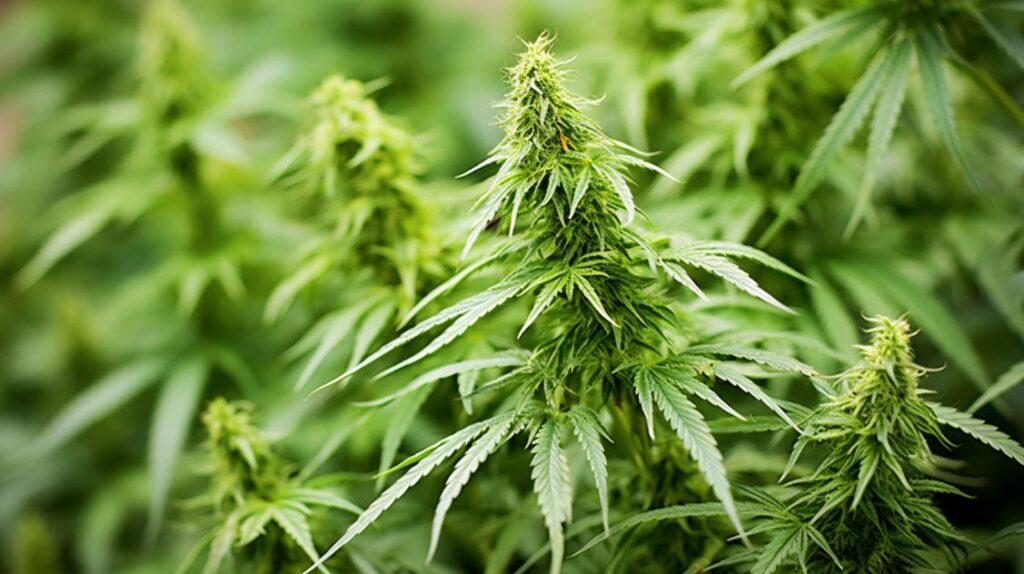
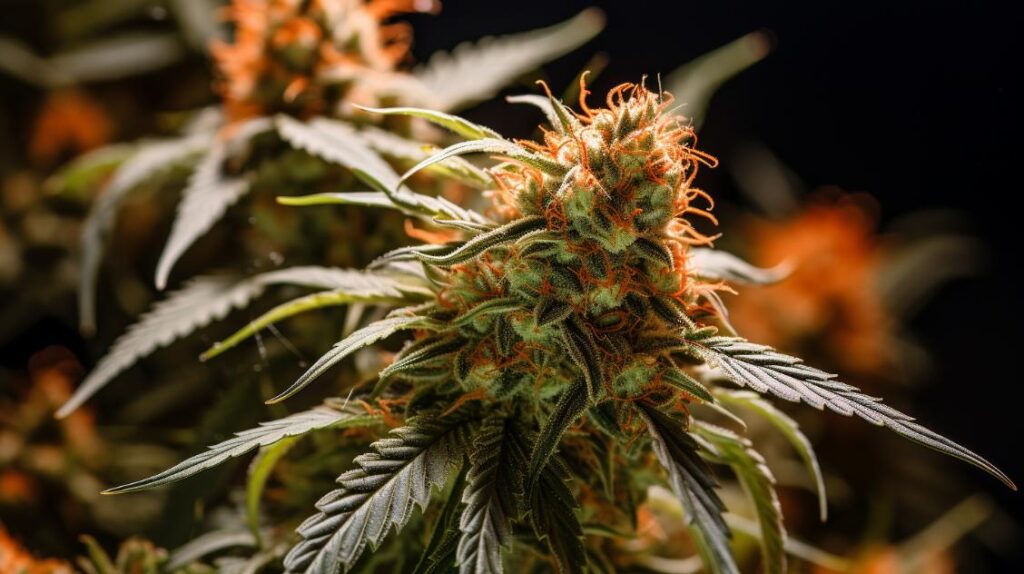
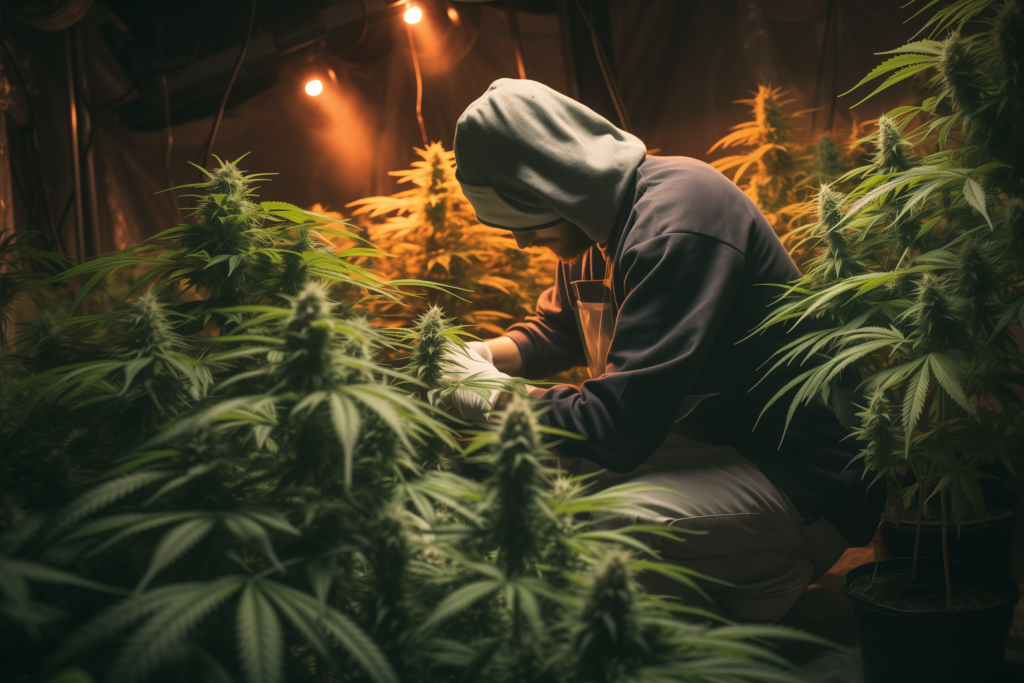
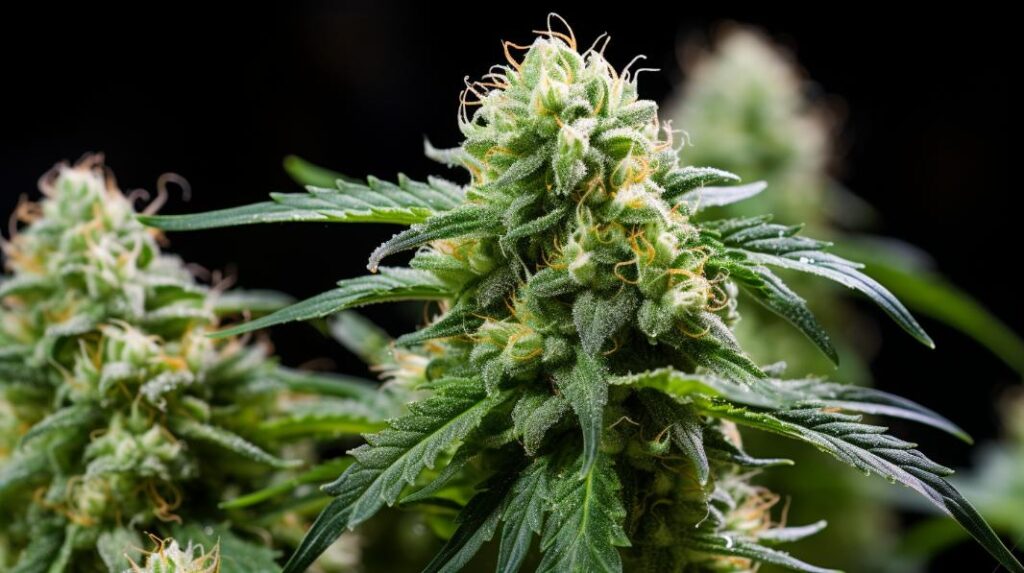
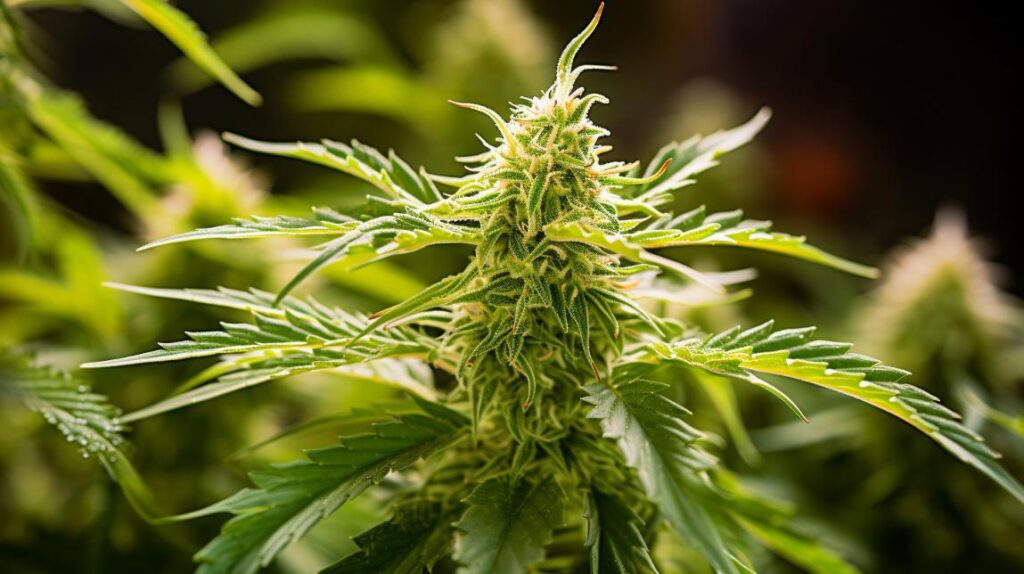

Responses